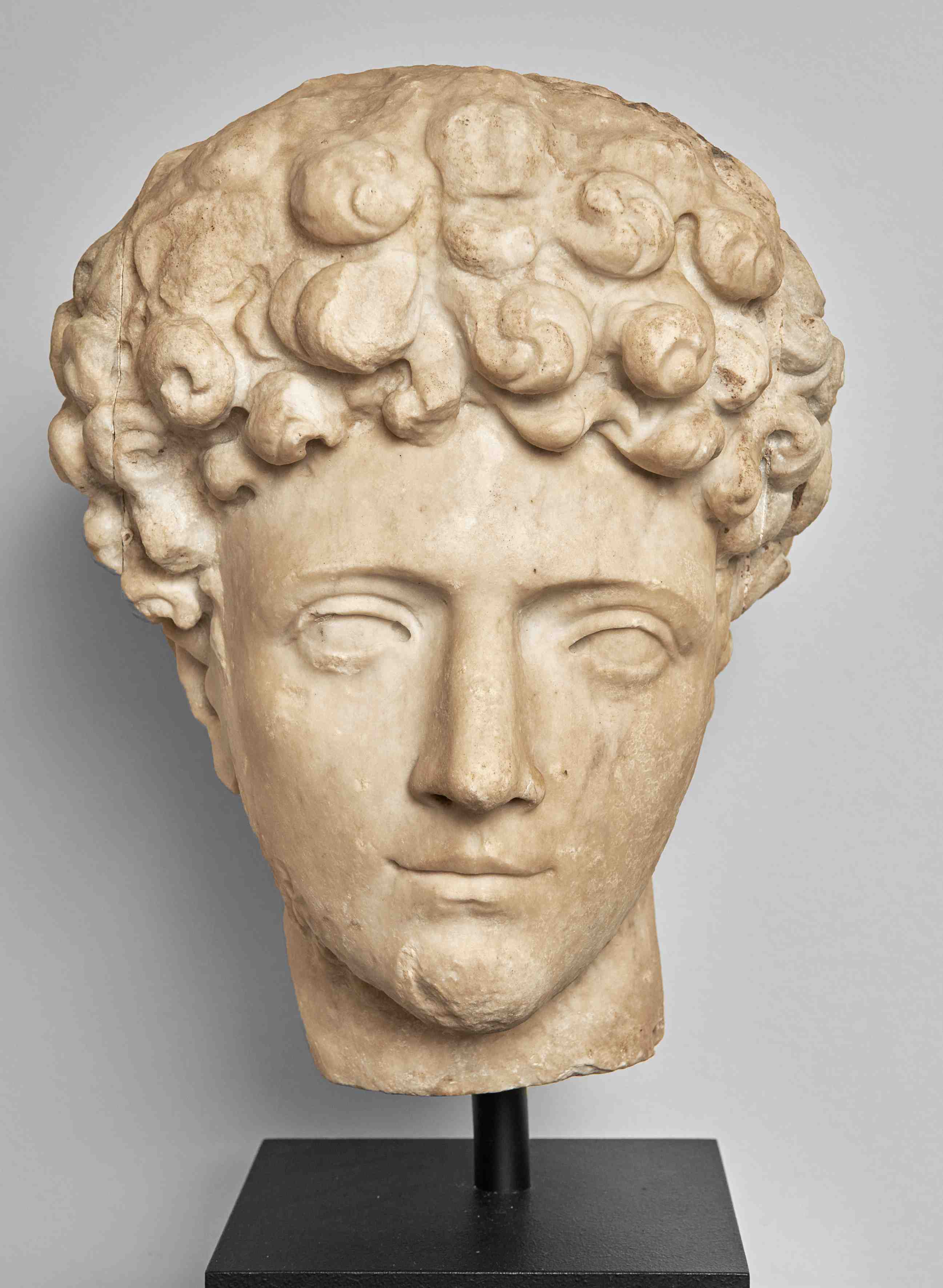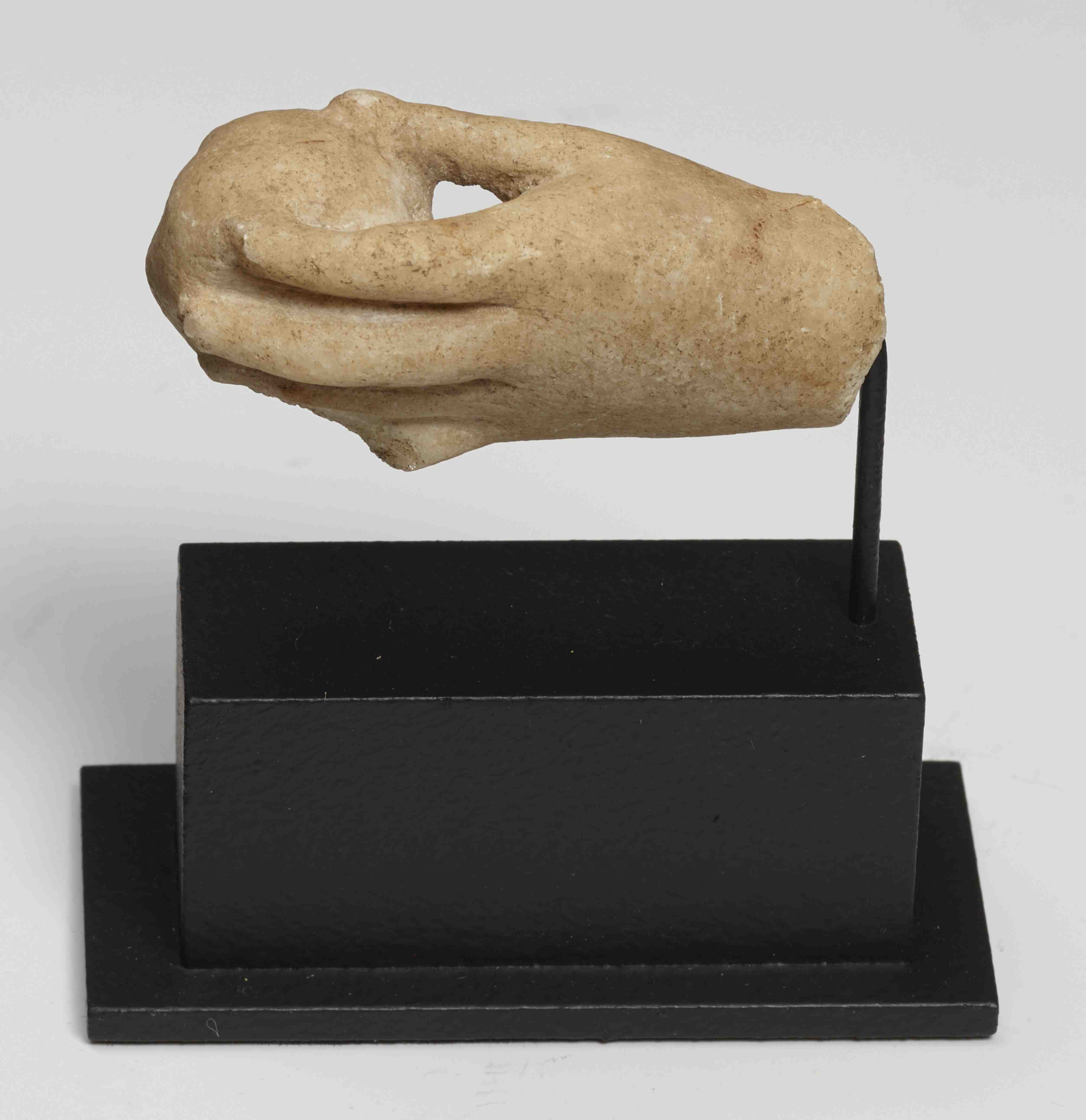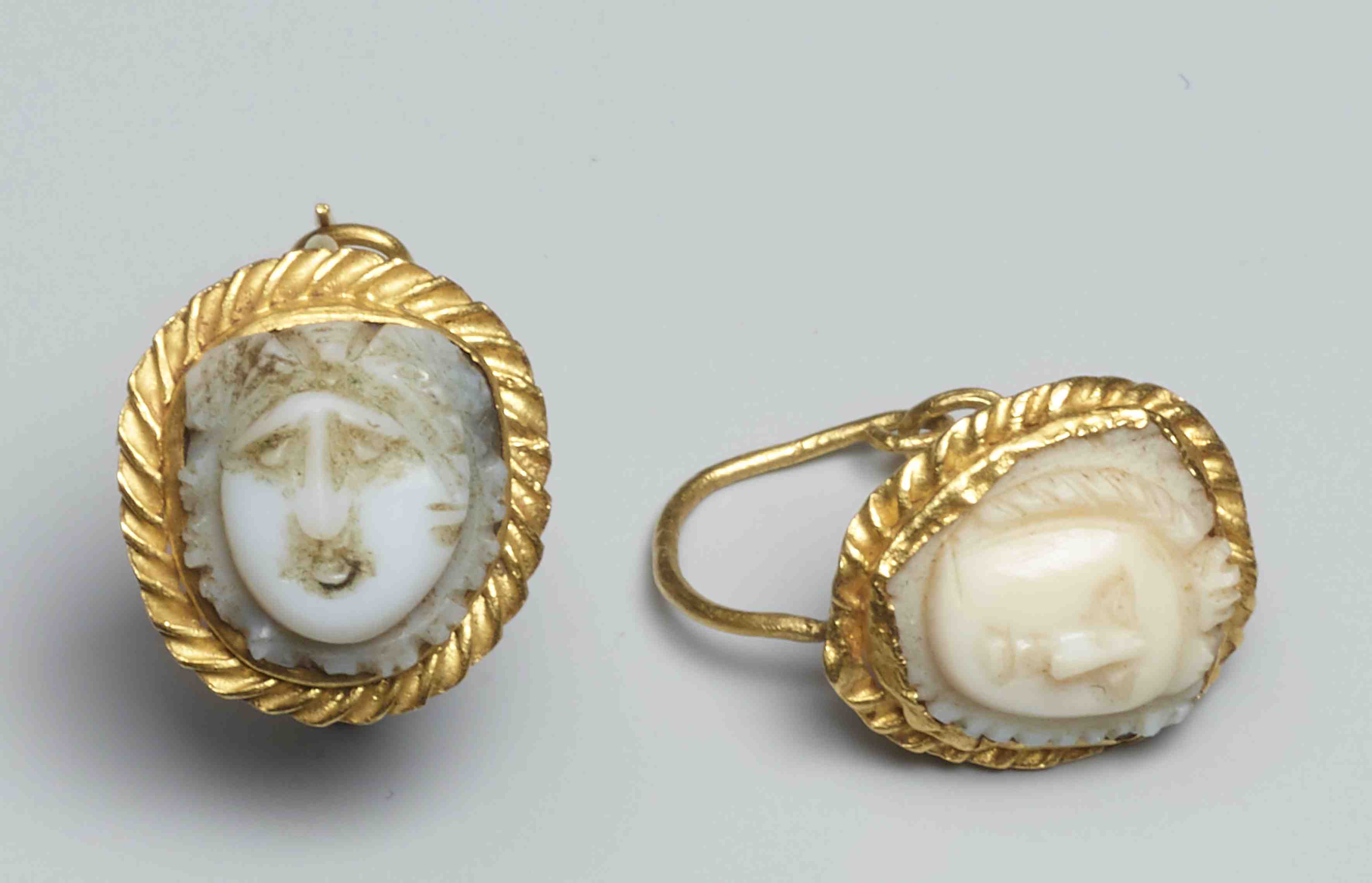This small jewel-like vessel is made of garnet, the precious hard stone prized for its beautiful red color and durability. Pliny the Elder discusses the material in the 37th book of his Natural History, and comments specifcally on its resistance to being cut, despite being used for drinking vessels. The size of this vessel and its wide mouth, once covered by a lid, suggests its likely use for unguents.
Garnet is an extremely rare material for use as a vessel. The shape of the vessel and the garnet’s prominence during the Hellenistic Period into the Roman Period makes a compelling case for its creation during the 1st century B.C.-1st century A.D.
On stylistic comparisons, the sloping facetted walls of the vessel relates to the tongue/leaf motif on the semi-spherical glass bowls from the Hellenistic period (see no. 66, pp. 252-253 in E. Marianne Stern and B. Schlick-Nolte, Early Glass of the Ancient World 1600 B.C.-A.D. 50). For a hexagonal bottle with stopper in bronze form the 1st century B.C., see no. 110 in D.E.E. Kleiner and S.B. Matheson, eds., I Claudia, Women in Ancient Rome. And for a rock- crystal lidded jar, see no. 54, pl. 16 in H.P. Buhler, Antike Gefässe aus Edelsteinen.







